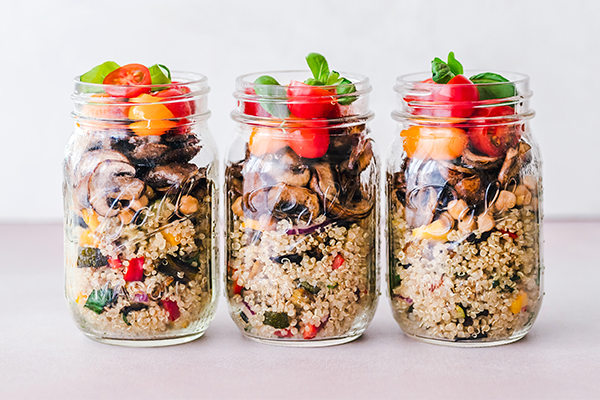8 Genius Ways to Eat Healthy on a Budget
1. Shop For Affordable Protein Sources (Other Than Beans)
2. Fill Your Freezer With Frozen Fruits and Veggies
3. Recreate Restaurant Favorites At Home
4. Meal Plan Off the Sales Flyers and Digital Coupons
5. Fill Your Shopping Cart With Reusable Bags
6. Don’t Be Afraid to Go Generic and Shop Store Brands
7. Eat With the Seasons and Buy Local
8. Always Think About Leftovers
These Tips Prove You Can Eat Healthy on a Budget
Is your new healthy diet quickly draining your wallet? Are you frustrated by the extra costs it takes to fill your weekly meals with whole foods instead of junk food?
You don’t have to go broke to achieve better health.
We’re here to help you discover tips that go beyond your mom’s budget-friendly advice and finally slash your grocery bills without sacrificing your health goals.
8 Genius Ways to Eat Healthy on a Budget
You probably already know the basics of saving money at the grocery store. You should never shop when you’re hungry (or you’ll buy too much) and you should never go without a shopping list (or you’ll buy what you don’t need).
To take your money-saving game to the next level, you may also want to try these clever tips:
1. Shop For Affordable Protein Sources (Other Than Beans)
When people think of cheap sources of healthy protein, they usually load up on black beans, lentils, quinoa, and whole grains. These can all be purchased cheaply in bulk, and then you can make a large pot of any of them at the beginning of the week and add them to stews, soups, stir-fries, salads, and more.
But what happens when your version of healthy eating skews more low-carb? If you can’t afford to eat steak every day, canned seafood and canned chicken are incredibly affordable protein sources.
With seafood, you can choose from salmon, sardines, oysters and tuna packed in olive oil, which are all loaded with healthy omega-3s, filling protein, and many other powerful nutrients.
And you can score these wild-caught, sustainable sources for less than a few bucks per can. Organic chicken may range from $2.00 to $4.00 per can, which is much cheaper than buying whole chicken breasts.
These canned options work well to pack for lunch (so you don’t have to buy lunch out) and when you’re in a pinch after work and don’t feel like cooking dinner. Simply toss your canned protein on a sandwich, over a salad, or eat it straight from the tin. You’ll score all the health benefits of fresh meat or fish for a fraction of the cost.
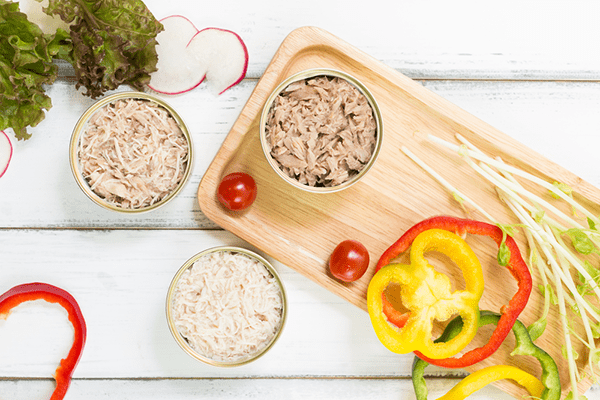
2. Fill Your Freezer With Frozen Fruits and Veggies
Frozen fruits and veggies are the ultimate money-saving grocery tip. These options are just as healthy as fresh fruits and veggies and around the same price yet they last much longer, which means you won’t be throwing money away.
See, grocery stores must sell their fresh produce as quickly as possible so it doesn’t spoil on the shelves. Oftentimes a sale price signals that the foods may be close to expiring. You may buy it to make a certain healthy meal and have to throw it out before you even begin cooking.
A stash of frozen fruits for smoothies and steamable veggies for dinner will help you create healthy meals that don’t cost a fortune. Stock up when these bags go on sale and you won’t have to worry about them spoiling before you need them and save a bunch of cash at the same time.
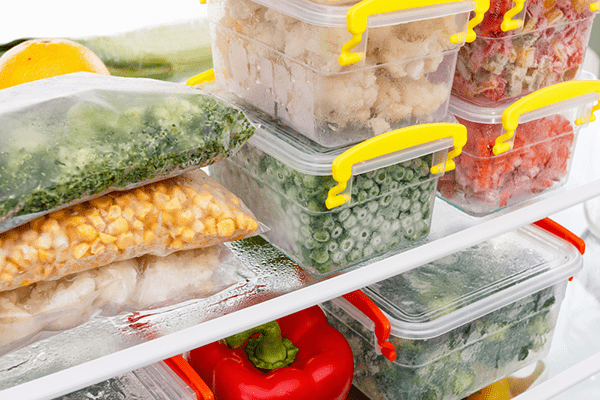
3. Recreate Restaurant Favorites At Home
Eating out is expensive and not exactly the healthiest. So it’s a no-brainer to cook your meals at home more often.
You can just as easily make your own delicious lattes and teas for a much lower price than what you’d pay at the coffeehouse, for example. Keep some unsweetened nut milk on hand and invest in a handheld frother (less than $20) and you’ll never miss your overpriced carry-out lattes!
And you can still enjoy all your other favorite dishes if you make them yourself. The internet is full of copycat recipes from national restaurant chains. Look one up or take your best guess at recreating all the flavors you love.
Not only will your version save money but it will also decrease the salt, sugar, and calories too.

4. Meal Plan Off the Sales Flyers and Digital Coupons
Many grocery stores have already converted to digital weekly sales fliers and coupons, which makes it super simple to start saving money before you even head out the door.
To take advantage of this, scan your store’s flyer before leaving the house and try to plan your meals and your grocery list around what’s on sale. You may find that most of your work is done at this step.
If your grocery store has digital fliers, see if you can also clip digital coupons you can apply to your transaction right at the register and without having to remember to bring them. Head to your store’s website and search for digital coupons.
It’s also a good idea to get familiar with when your local stores run their latest sales so you know when to visit and stock up right away.

5. Fill Your Shopping Cart With Reusable Bags
If you’re not already in the habit of bringing your reusable bags to the grocery store, this tip may encourage you to finally be that person. Especially since you’ll be saving the environment and your dollar bills.
See, by design, giant shopping carts are made to be filled. Grocery stores want you to roll through the check-out lane with an overflowing cart. But this is a surefire way to spend a lot of money.
To combat this, fill your shopping cart with your reusable bags first. This will help fill some of the excess space in your cart that you’d normally jam with more items. It also provides a visual clue for when you’re nearing overflow status.
You’ll be less tempted to keep filling your cart if your bags are at capacity.
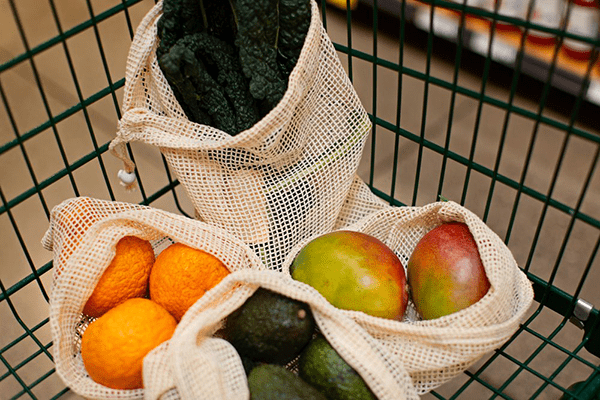
6. Don’t Be Afraid to Go Generic and Shop Store Brands
Many people are hesitant to switch to generic store brands because they fear they won’t be as good as what they’re used to buying. But for a fraction of the price of name-brand, you may want to take that risk.
Here’s a good way to test the waters: buy a smaller generic version of the healthy foods you’d normally get. While it’s slightly higher in price up-front since buying larger quantities usually saves you more, it gives you a chance to try the switch before making a bigger investment.
You may find that you don’t even notice a difference. Just make sure you’re not downgrading to a product with toxic ingredients. Store-brand options at natural food markets generally make the cut.
7. Eat With the Seasons and Buy Local
Traditional Chinese Medicine (TCM) says you should nourish your body with foods that support each season. Consuming nourishing, high-protein and high-fat foods during the colder months, for example, may help keep you warm and support your body’s ying nature while eating spinach, onions, and mushrooms in the spring may support your immunity during the seasonal transition (1).
You may not have paid attention to this before, but doing so now can help you save money.
Buying fresh produce out of season costs more since it must be shipped in. So while those berries may be delicious in your oatmeal in the dead of winter, they’ll cost more.
Performing a simple Google search can help you discover which fresh fruits and vegetables are in season where you live right now. You can take that list to the grocery store to start piling up the savings.
Or shop locally at farmers markets and notice the discounts you save by cutting out the transportation and grocery store fees altogether.
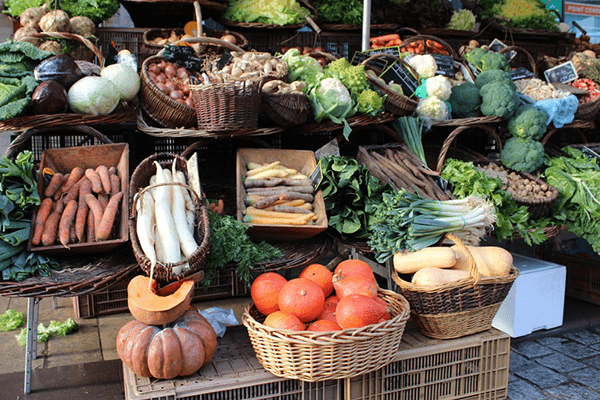
8. Always Think About Leftovers
The biggest tip for meal planning on a budget is to always think about your leftovers. Making a giant casserole or slow cooker recipe will give you multiple servings to stretch your dollar. You can take these leftovers to work the next day for lunch or reimagine them for a totally new dinner.
For instance, if you cook ground beef and veggies one night, you can make burritos, a salad, or pair them with eggs the next. These new dishes are perfect for people who don’t like leftovers. You’ll have the cost-savings without being forced to eat the same dish over and over again.
To keep your proteins and vegetables reusable, separate them before storing them for later. You can also freeze your leftovers so you add some time between the same meals. This also ensures you have something on hand if you’re ever in a bind.
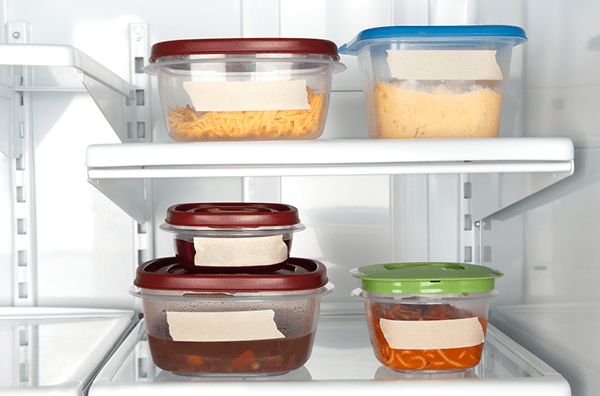
These Tips Prove You Can Eat Healthy on a Budget
Grocery shopping and eating healthy on a limited budget doesn’t have to be stressful. With these eight tips in your corner, you’re now better prepared to skip the fast food and enjoy healthy snacks and meals for a lot less.
From here, consider choosing at least one or two tips from this guide to start with today. Then watch your savings grow and your food waste diminish shortly thereafter. Work your way through the rest of the tips on this list and you’ll become a healthy, savvy food shopping pro in no time.
